Japan, famously known as the Land of the Rising Sun, holds a deep connection to the sun, symbolizing more than just a geographical fact. This connection is beautifully illustrated in Japanese art and culture, where the red sun stands as a powerful emblem of national identity. From the national flag to traditional paintings, the sun’s image permeates various aspects of Japanese life.
The Origin of Land of the Rising Sun
So why is Japan known as the Land of the Rising Sun? This title originates from Japan’s geographical position east of the Asian continent. Historically, from China’s perspective, Japan lies where the sun rises. The Japanese name for the country, Nihon or Nippon, translates directly to “origin of the sun.” This name reflects Japan’s eastern location and its early association with the sun’s rising.
The Sun in Japanese Spirituality
In Shinto, Japan’s indigenous religion, the sun holds a paramount place. Amaterasu, the sun goddess, is one of Shinto’s most revered deities. According to myth, the imperial family descends directly from Amaterasu, highlighting the sun’s divine status. This connection between the sun and divinity infuses the sun’s image with spiritual significance, extending its importance beyond mere geography.
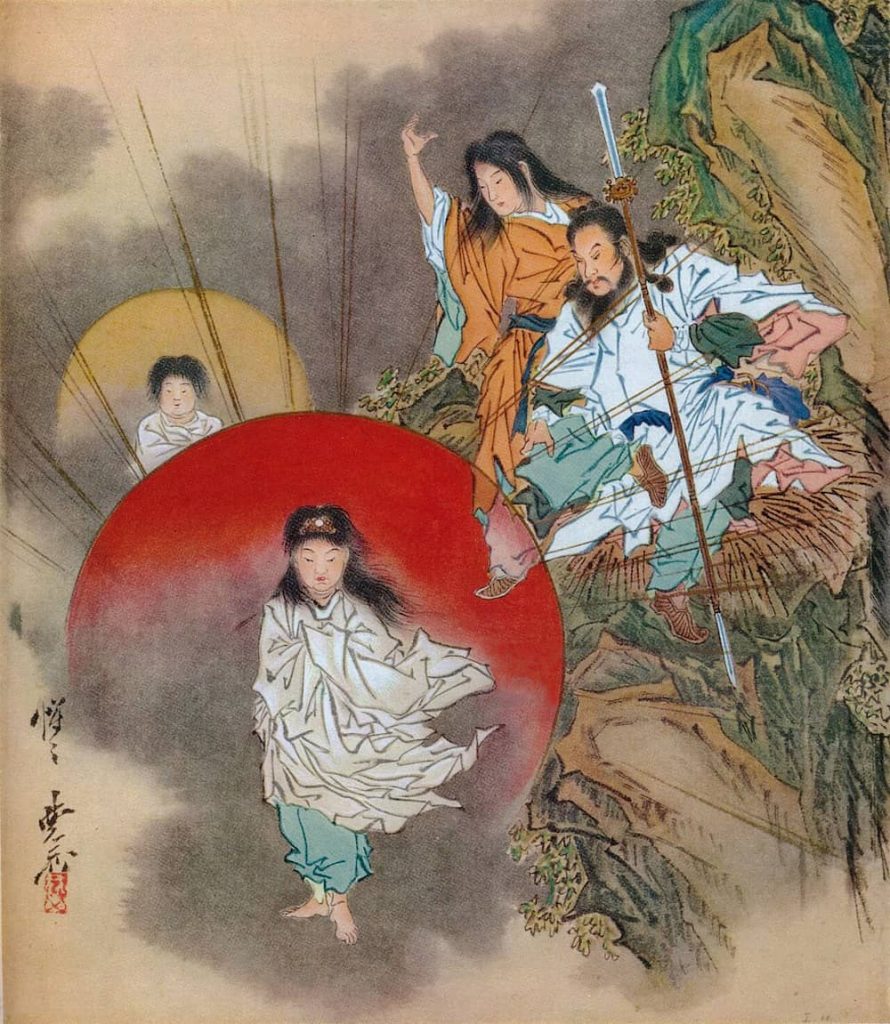
The Red Sun on the National Flag
Japan’s national flag, the Nisshōki or Hinomaru, features a red sun circle on a white background. This design is simple yet deeply symbolic. The red sun circle represents the sun itself, aligning with Japan’s name and its spiritual heritage. The white background stands for purity and honesty, core values in Japanese culture.
Circles have profound meaning and symbolism in Japanese art and culture.
This flag design dates back to at least the 7th century, making it one of the world’s oldest flags. Over the centuries, it has become a powerful symbol of Japan’s identity and unity. The flag’s simplicity and boldness make it easily recognizable, embodying the essence of the nation it represents.
However, Japan has two distinct flags that often cause confusion:
The Hinomaru (Nisshōki)
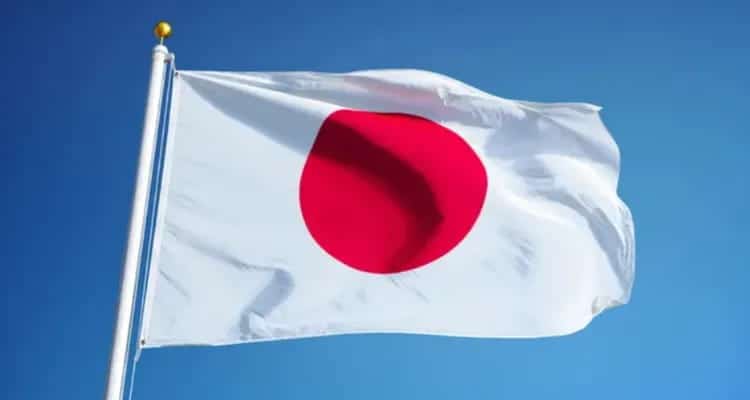
Design:
- A simple red circle, representing the sun, centered on a white field.
- The proportions of the flag are usually 2:3, with the circle having a diameter of three-fifths the flag’s height.
Symbolism:
- The red circle symbolizes the sun, reflecting Japan’s name, “Nihon” or “Nippon,” meaning “origin of the sun.”
- The white background represents purity and honesty, core values in Japanese culture.
Usage:
- The Hinomaru is the official national flag of Japan.
- It is used in government buildings, schools, and public events to represent the country.
- It has been the national symbol since the Meiji Restoration in 1868, though it was formally adopted as the national flag only in 1999.
The Rising Sun Flag (Kyokujitsu-ki)
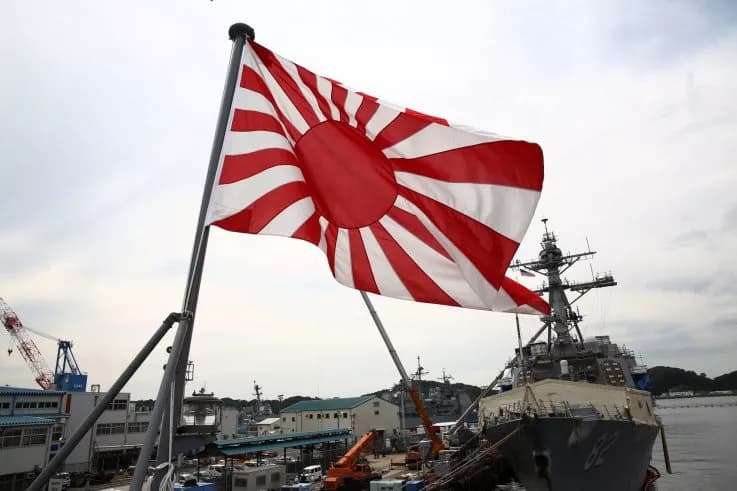
Design:
- Features a red circle (sun) slightly off-center with 16 red rays extending outward, resembling the sun’s rays. This is in current use today as the Naval ensign.
- The design is more complex compared to the Hinomaru.
- A former version of the flag associated with the Imperial army had the red sun at the center.
- Another version used by the Japan Self-Defense forces has a gold border with the sun disc surrounded by eight rays.
Symbolism:
- Historically, the flag represented the powerful imagery of the rising sun, symbolizing energy, prosperity, and Japan’s imperial aspirations.
- The rays add a dynamic element, emphasizing the idea of the sun spreading its light.
Usage:
- The Rising Sun Flag has a strong historical and military association.
- It was used by the Imperial Japanese Army and Navy, particularly during the late 19th century and throughout World War II.
- Today, it is still used by the Japan Self-Defense Forces, particularly the Maritime Self-Defense Force, but its display can be controversial due to its association with Japan’s militaristic past.
Controversies and Modern Perceptions
Hinomaru:
- Generally accepted and respected as the national flag.
- While it symbolizes national pride and identity, some see it as a reminder of Japan’s imperialist history, especially in countries that were affected by Japanese occupation.
Rising Sun Flag:
- Highly controversial, especially in East Asian countries like China and Korea, which experienced Japanese occupation and aggression.
- Seen by many as a symbol of Japan’s militaristic and imperialist past.
- While some view it as a traditional and historical symbol, others associate it with wartime atrocities and imperial aggression.
While both flags feature a red sun, their designs and connotations are distinct. The Hinomaru, with its simple red circle on a white field, is Japan’s official national flag, symbolizing the country’s identity and values. The Rising Sun Flag, with its red rays, has a more complex and contentious history, tied to Japan’s military past and its use by the Self-Defense Forces today. Understanding these differences helps in appreciating the cultural and historical contexts that shape modern perceptions of these symbols.
The Sun in Traditional Japanese Art
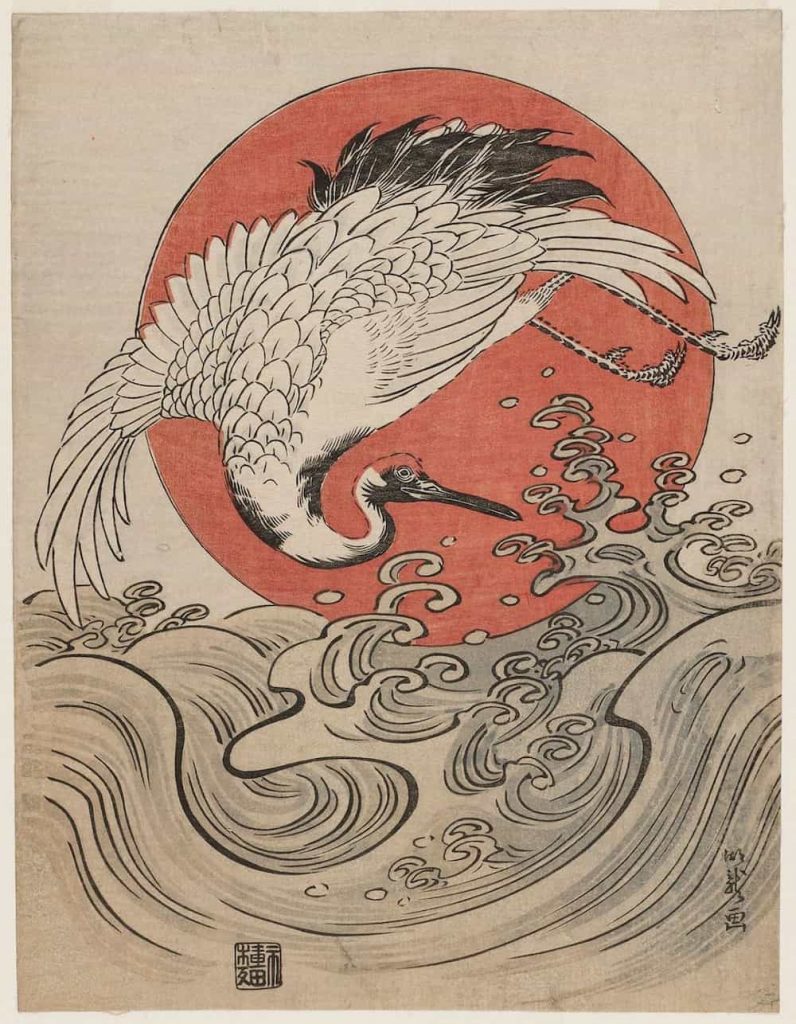
Traditional Japanese art frequently features the red sun. In ukiyo-e woodblock prints, for instance, artists often depicted the sun rising over serene landscapes or the sea. These images evoke a sense of peace, renewal, and beauty. The sun, a daily source of light and life, symbolizes hope and continuity.
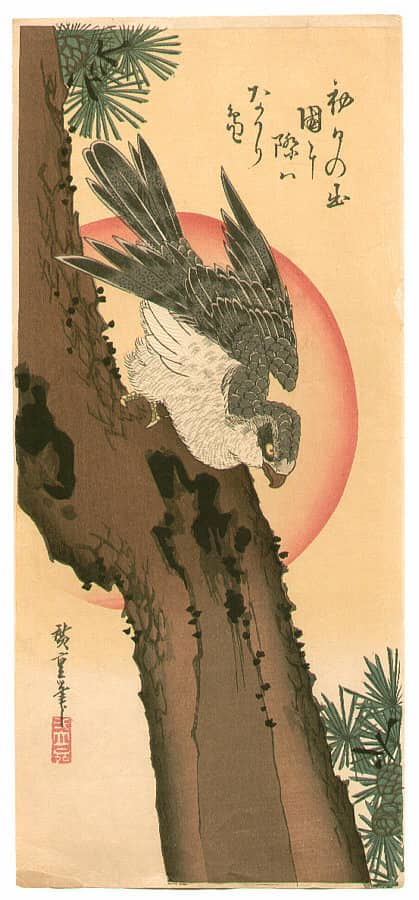
The Sun in Modern Japanese Art and Design
The red sun continues to inspire modern Japanese artists and designers. Contemporary artworks, advertisements, and graphic designs often incorporate the sun’s image. Its use in modern contexts highlights its enduring relevance and adaptability.
For example, Japan’s tourism campaigns frequently feature the red sun, connecting modern visitors to the country’s ancient heritage. Designers use the sun’s bold, simple form to create visually striking and memorable images. This ongoing use in various media ensures the sun’s symbol remains a vibrant part of Japanese cultural expression.
The Sun as a Symbol of Renewal and Hope
The red sun in Japanese art and culture goes beyond national pride. It symbolizes renewal, hope, and the cyclical nature of life. Each day begins with the sun’s rise, promising a fresh start and new opportunities. This daily miracle resonates deeply in Japanese culture, reflecting a philosophical appreciation for life’s transient beauty.
In Zen Buddhism, for instance, the sun represents enlightenment and the dispelling of ignorance. The sun’s rise is a metaphor for awakening, both spiritually and intellectually. This connection enriches the sun’s symbolism, adding layers of meaning to its depiction in art and culture.
The Rising Sun: More than a Symbol
Japan’s identity as the Land of the Rising Sun is richly reflected in its art and culture. The red sun, a simple yet profound symbol, encapsulates the nation’s spiritual heritage, national pride, and aesthetic values. From the national flag to traditional and modern artworks, the sun’s image continues to shine brightly, representing Japan’s enduring connection to its origins and its hopes for the future.
The red sun in Japanese culture is more than just a symbol; it is a testament to the country’s history, spirituality, and artistic expression. By understanding this emblem’s significance, we gain a deeper appreciation for Japan’s unique cultural landscape and the enduring power of its symbols.
Read more:
- Foo Dogs in Japanese Art and Culture
- 9 Reasons for the Importance of Mount Fuji in Japanese Culture
- The Significance of Japanese Cranes in Ukiyo-e Art
- The Force Meets Fuji: Star Wars Celebration Japan 2025 Unveiled
- The Art of Japan LEGO: Creativity, Culture, and Innovation

At the Art of Zen we have a wide selection of original Japanese art prints in the ukiyo-e and Japandi style. Some of our best selling work is Mount Fuji wall art and Japandi wall art.
Add some zen art to your space with some art from the Art of Zen shop.
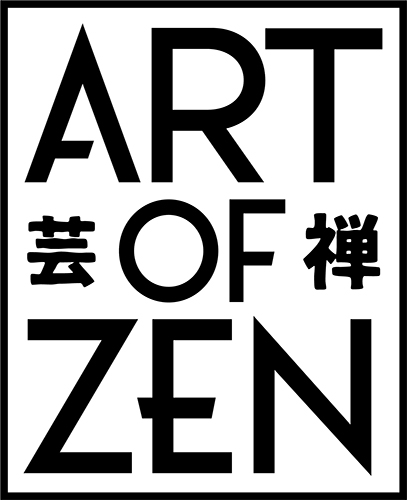
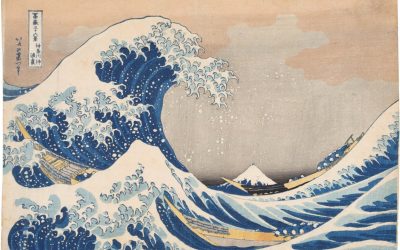
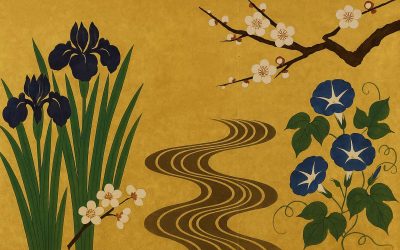

0 Comments